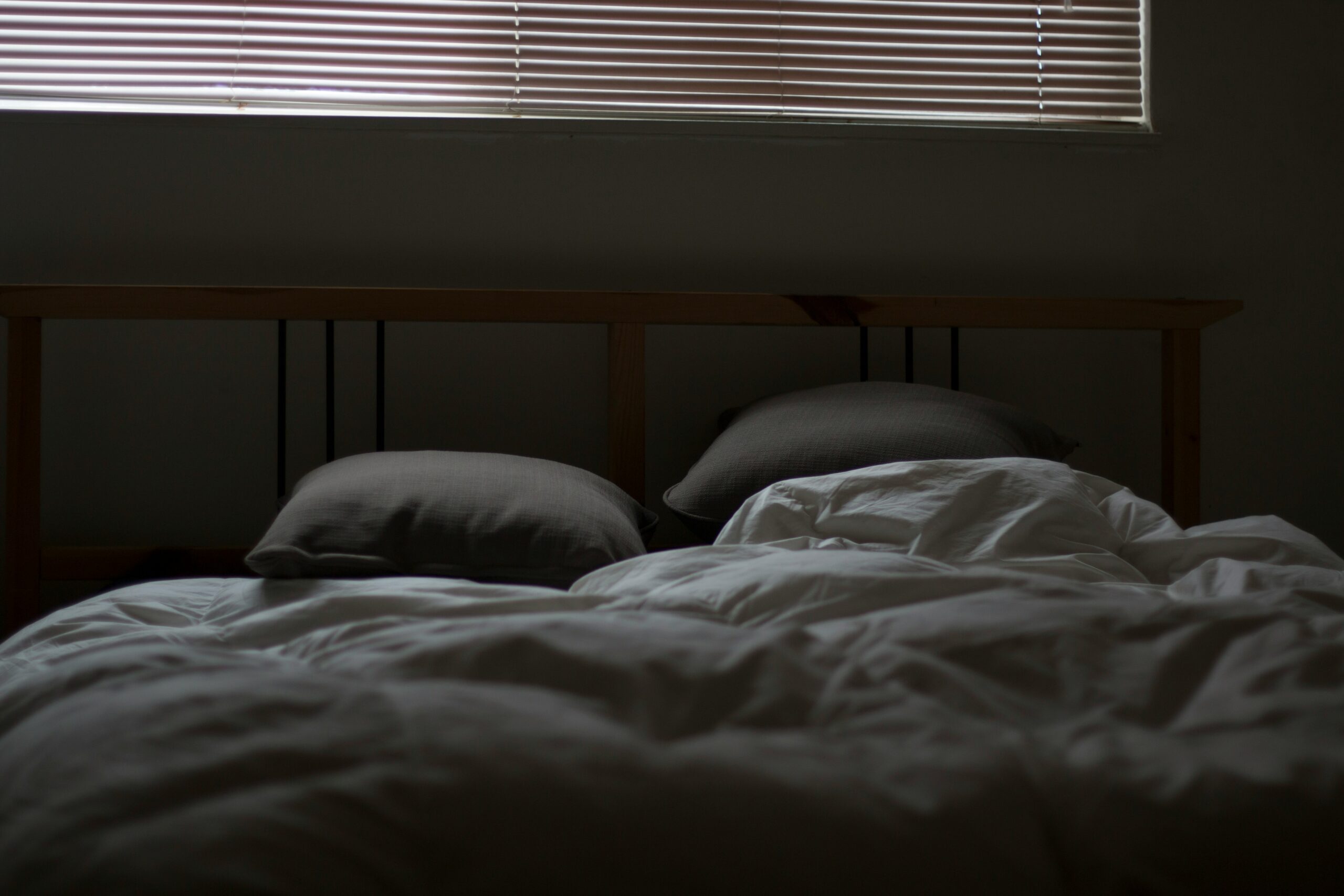23/10/2025
Essential for cognitive function, mental health, and physical recovery, a good night’s sleep is more than a luxury. As awareness of sleep’s impact grows, so does demand for smarter, tech-driven solutions. From biometric wearables to climate-controlled mattress covers, more people are turning to technology to improve their rest. The Sleep Tech industry is booming, with innovations helping users fall asleep faster, stay asleep longer, and wake up refreshed.
This article explores the key innovations helping consumers rest better, the companies leading the charge, and what their patent portfolios reveal about the future of sleep technology.
Audio Innovations for Restful Sleep
Sleep-specific audio tech is rising in demand, particularly for users managing insomnia, anxiety, or disruptive environments. New earbud technology customises the auditory experience, using active noise cancellation to eliminate disturbances and soothing soundscapes to build a relaxing sleep environment.
Ozlo Sleepbuds, pioneered by ex-Bose engineers, are Bluetooth-assisted earbuds using patented technologies to ensure restful sleep. Ozlo-owned patents include EP3852857B1, which uses biometric feedback like breathing rate to adapt noise cancellation and audio masking. By assessing sleep conditions and ambient noise, Ozlo Sleepbuds adjust the spectral content and/or sound pressure level of masking sounds to reduce sleep disturbance. Another patent, US11197974B2, uses audio cues to guide breathing to around six respirations per minute, promoting relaxation and faster sleep onset.
Beyond audio tech, earbud appearance can be protected through design patents. USD897522S1, USD1039131S1 and USD1061864S1 held by Loop, protect the visual design of earplugs, highlighting the need for varied IP tools to safeguard different device aspects.
Due diligence is critical in audio tech, especially for innovations involving biometric data, adaptive noise masking, and personalised sound algorithms. Major players like Apple, Bose, and Dolby hold extensive patent portfolios, increasing the risk of IP overlap. This is particularly relevant in audio tech, which spans consumer electronics, health tech, and entertainment.
Climate Control and Air Quality
Recent heatwaves in the UK and Europe have intensified interest in sleep tech that tackles rising temperatures and humidity. Innovations in smart beds and air purifiers are helping improve sleep quality.
Eight Sleep “Pods” are designed to integrate with existing bed frames and mattresses to provide patented zoned heating or cooling technology tailored to each sleeper’s needs. Each Pod features a hydro-powered mattress cover that collects biometric data and independently controls each side of the bed between 12°C and 43°C. Patent US20200390998A1 describes a mattress pad that detects temperature, heart rate, or breathing rate and adjusts bed temperature, also functioning as a smart alarm by gently warming the bed to mimic natural waking.
The Pod’s adjustable base uses patent-pending tech to elevate mattress sections, reducing back pressure and snoring. US20240324952A1 describes a method of using machine learning to detect sleep disorders like sleep apnoea and adjust the base accordingly. It also includes an integrated speaker for soundscapes, meditations, or white noise.
Dyson has also filed patents for sleep-mode air purification using sensors to monitor environmental changes. GB2619446B describes an air purifier that tracks a user’s face via thermal or optical sensing while delivering comfortable airflow. Another Dyson patent application, WO2024042410A1 relates to an air purification system which uses a control algorithm to adapt air purification based on the content of air surrounding the device.
Innovations in sleep climate technology increasingly rely on the seamless integration of hardware, software, and sensor systems to deliver personalised and adaptive sleep environments. As these solutions span multiple technical domains such as mechanical engineering, embedded electronics, data science, and user interface design, cross-functional IP protection becomes essential. A single product may require patents for its hardware, registered designs for its physical form and appearance, and trade secrets for its algorithms.
Wearables and Smart Rings
Smart watches and wearables like the Oura Ring have helped make sleep tracking mainstream by combining sleek design with clinical-grade biometric sensors. Other players, like Apple, Fitbit, and WHOOP, are also filing in this space, often with AI-driven features to personalise sleep insights.
Oura holds a vast patent portfolio, with multiple patents and applications covering sleep stage detection algorithms (e.g. EP3709867A1), heart rate variability (HRV) tracking (e.g. US20250009311A1), and temperature monitoring through the skin (e.g. US12332688B2). With many users seeking further insights into their health, Oura rings are a powerful tool to accumulate a variety of data to paint a holistic picture. In fact, one of Oura’s recent patent applications, US20250062033A1, describes a way of automatically detecting when a user takes naps in addition to their “primary sleep period” to give more accurate sleep-related guidance. Not only have Oura’s smart rings been beneficial in helping users track sleep and recovery, but they’ve also been breaking grounds in FemTech as a smart ally for women experiencing perimenopause, as highlighted in our recent blog.
Another innovative wearable that has been clinically proven to improve sleep and help treat insomnia is the Modius Sleep by Neurovalens. The Modius Sleep is a headset which uses a patented method of vestibular nerve stimulation to influence the hypothalamus – the area of the brain which controls circadian rhythm and sleep patterns (US12208214B2). In a clinical trial, over 95% of participants reported improved sleep after 4 weeks of use.
As both Oura and Neurovalens combine advanced hardware and software with proprietary technology, robust IP protection, including patents and trade secrets, is essential for safeguarding their unique technologies, maintaining competitive advantage, and supporting future R&D investment in a rapidly evolving health-tech market.
Conclusion
From earbuds to air purifiers to biometric rings, the tools helping us sleep better are becoming more personalised, in some cases smaller, and in all cases smarter. Patent activity provides a clear signal that sleep tech isn’t just a trend but a long-term growth sector in which innovation is rife.
Without a comprehensive IP strategy, innovators risk leaving critical components unprotected or vulnerable to infringement, especially in a competitive market where wellness, consumer tech, and MedTech increasingly overlap. Proper due diligence also supports investor confidence, ensures regulatory compliance (especially in health-related applications), and strengthens a company’s IP strategy in a highly competitive and innovation-driven market.
As the industry matures, IP strategy will be key to defending market share and enabling strategic partnerships. For innovators in the sleep space, investing in thoughtful, layered patent protection is as essential as a solid night’s rest.
This article is for general information only. Its content is not a statement of the law on any subject and does not constitute advice. Please contact Reddie & Grose LLP for advice before taking any action in reliance on it.



